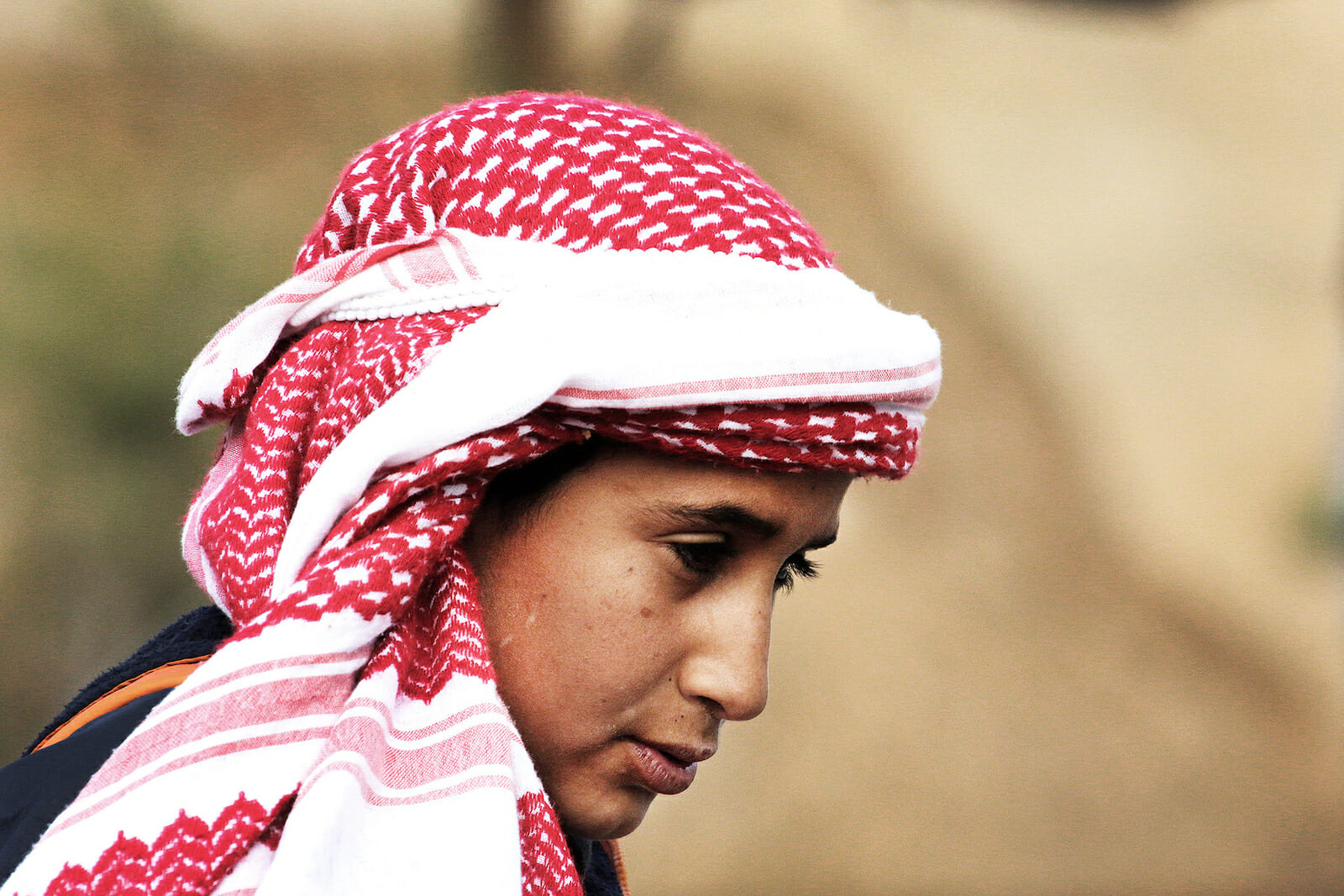
Investing in the Process: Re-establishing Aid for Palestinians
The peace process between Israel and Palestine started 26 years ago with the Oslo I Accord. It was signed in Washington, D.C. It marked a true, significant step in negotiations to end violence and build peace. Now, as the U.S. pulls aid from Palestinian projects, one can see a great distance between the potential that was once held and the current, bleak prospect of a two-state solution.
In fiscal year 2017, the Trump administration cut the entire economic aid program for the West Bank and Gaza. This move left projects unfinished, negotiations undone, and the future of a two-state solution unlikely. To reinvigorate the peace process, the United States must re-establish aid to the Palestinians.
The United States has long played a central role in the Middle East peace process. Since Oslo, there has been little in the way of agreement but negotiations had continued. Furthermore, the United States plays a large role in contributing to both Israel and Palestine in terms of assistance. Since the withdrawal of aid to Palestinians, development projects through the U.S. Agency for International Development (USAID) in the West Bank and Gaza are now at a standstill.
Re-establishing aid for Palestinians is necessary for three reasons:
First and foremost, re-establishing aid to Palestinians will bring the Palestinian Authority (PA) back to the negotiating table. After Trump tried to use the cutting of aid as a way to push the PA to accept the U.S. peace plan, it quickly pulled out of negotiations. It is important to re-establish this aid in order to bring PA leadership back to peace negotiations. The United States has already shown a long-term commitment to diplomacy and the peace process in the region, so why stop now?
Second, re-establishing aid signals a commitment to humanitarian aid and an investment in the people of Palestine. There are services needed in the West Bank and Gaza that include food aid, health care for malnutrition, access to clean water, rehabilitation services for cerebral palsy, and breast cancer treatment.
Third, re-establishing aid will help decrease civil unrest. A population with little in the way of resources has grievances and is more likely to resort to violence. This is especially true for Palestinians, whose resources have been depleted while under Israeli occupation. Grievances can easily lead to violent conflict, as we have seen several times in the Israel-Palestine conflict.
There is no denying that the PA needs to work on its own institutions. Concerns over greed and corruption are real. It is hard, though, to work to improve institutions when the needs of people are not met. Re-establishing resources and development projects for Palestinians allows for a foundation for the PA to grow, establish, and work on its institutions without the significant strain put on the people. It is important to note that this re-establishment of funds ought to be going to the development of aid infrastructure for the Palestinian people and not the PA.
It is 26 years since a time where the peace process looked brightest. Since then the world has seen assassinations, wars in Gaza, depletion of resources, and if the U.S. doesn’t act soon, possible Israeli annexation of the West Bank. To re-establish aid for Palestinians is to invest in the future of the peace process of a conflict that has been ongoing for far too long. The U.S. should not shy into the shadows, but shine in the light in pursuit of peace. Immediately improving the livelihoods of those on the ground in the West Bank and Gaza is the first step; sustained peace between Israelis and Palestinians is the achievable and final goal.

